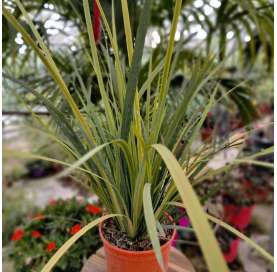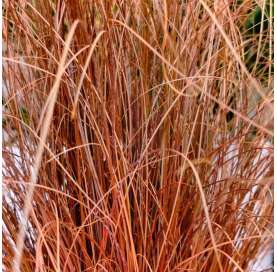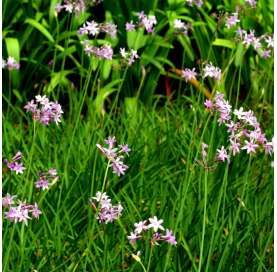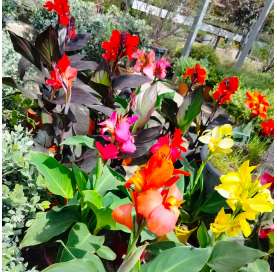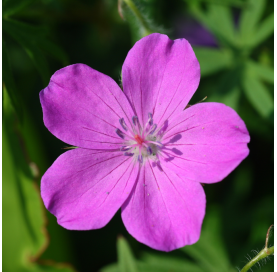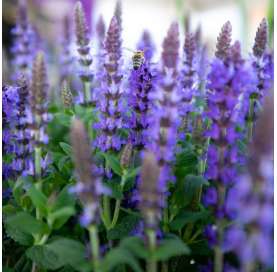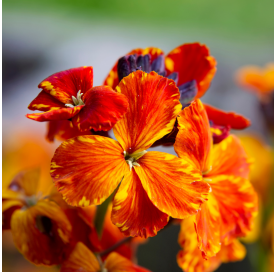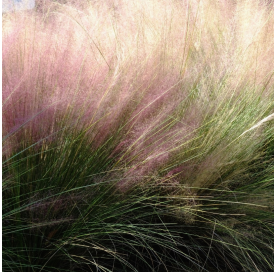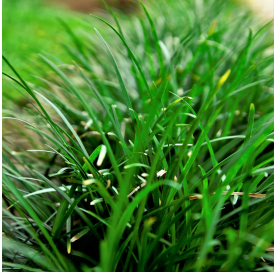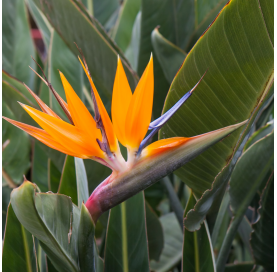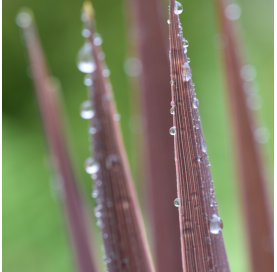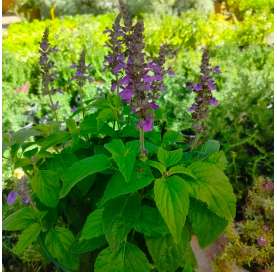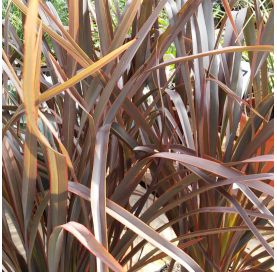Dietes iridioides
Dietes iridioides is a perennial ornamental plant native to Africa, admired for its white flowers with yellow and violet accents. It is hardy, low-maintenance, and ideal for gardens and pathways. It blooms continuously during the warm season.
 Encrypted payments for greater security
Encrypted payments for greater security
To reduce the plant's time in transit, shipments are made from Monday to Wednesday.


Shipping only to mainland Spain and mainland Portugal
Dietes iridioides
Description:
Dietes iridioides, commonly known as African iris or butterfly iris, is a perennial plant from the Iridaceae family. It features slender, linear, dark green leaves that grow in a fan-like arrangement. Its flowers resemble small irises, with white petals adorned with yellow and violet markings. While each flower lasts only one day, the plant blooms continuously throughout the growing season.
Curiosity:
- Dietes iridioides is known for blooming after heavy rains, earning it the nickname "rain lily" in some cultures.
- It is often planted near entrances or pathways as it is associated with good fortune and spiritual protection in various traditions.
Origin and History:
- Native to southern and eastern Africa, especially South Africa, where it thrives in open, sunny areas.
- The name Dietes means "two affinities," referring to its supposed taxonomic link between the genera Iris and Moraea.
- It has been introduced to gardens worldwide due to its resilience and low maintenance, becoming particularly popular in Mediterranean and subtropical climates.
Care:
-
Location:
- Prefers full sun or partial shade. Indoors, it requires a very bright spot.
- Adapts well to poor soils as long as they are well-draining.
-
Climate:
- Tolerates heat and drought once established but does not withstand prolonged or severe frost.
-
Soil:
- Ideally sandy or loamy with good drainage.
Watering:
- Frequency: Requires regular watering when first planted, but once established, it can survive on occasional rainfall.
- Water every 7–10 days in spring and summer, depending on the climate. Reduce watering during winter.
- Avoid overwatering to prevent root diseases.
Pruning:
- Remove spent flowers to encourage new blooms.
- Cut off dry or yellowing leaves to keep the plant tidy and healthy.
- If the foliage becomes too dense, divide the clumps every 3–4 years to rejuvenate the plant and promote vigorous growth.
Dietes iridioides is a low-maintenance plant that adds an elegant touch to gardens and landscapes. It is also an excellent choice for stabilizing soil on slopes or decorating pathway edges. Its resilience and beauty make it a favorite among gardeners and landscapers alike.
Data sheet
- Name
- Dietes iridioides
- Origen
- southern and eastern Africa
- Height
- 60 cm and 1 meter tall.
- Colour
- Green, long, and slender, growing in a fan-like arrangement.
- Flowering
- Blooms continuously during spring and summer, especially after heavy rains. In warm climates, it may flower at other times of the year.
- Location
- Full sun or partial shade. Ideal for gardens, pathways, and areas with good sunlight exposure.
- Irrigation
- Water every 7–10 days in spring and summer, ensuring the soil dries slightly between waterings.
- Sowing distance
- 50 to 60 cm apart to ensure healthy growth and proper airflow
- Applications
- Perfect for decorating garden borders, pathways, flower beds, and slopes.
- Note
- Highly resistant to heat, drought, and poor soil conditions, provided the soil has good drainage. However, it does not tolerate severe frost.
12 other products in the same category:
-
Carex comans " Bronze"€3.95
-
Tulbaghia violacea€3.80
-
Canna indica€8.50
-
Geranium sanguineum€8.20
-
Salvia leucantha€3.70
-
CHEIRANTHUS - Wallflower€0.00
-
-
Ophiopogon japonicus.€3.90
-
-
Phornium black rage€34.00
-
Phornium tenax purpureum€20.00

 English
English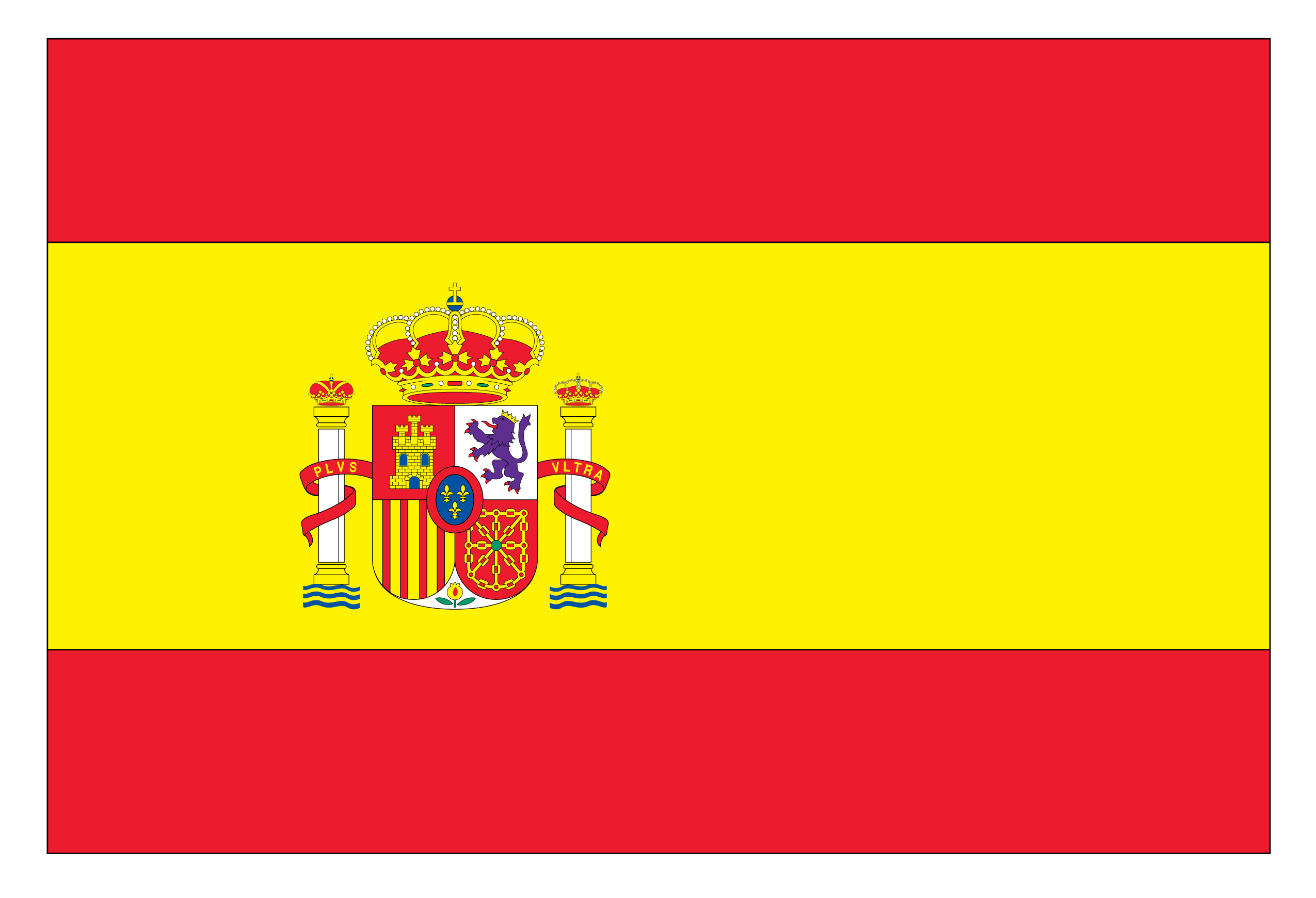 Spanish
Spanish
